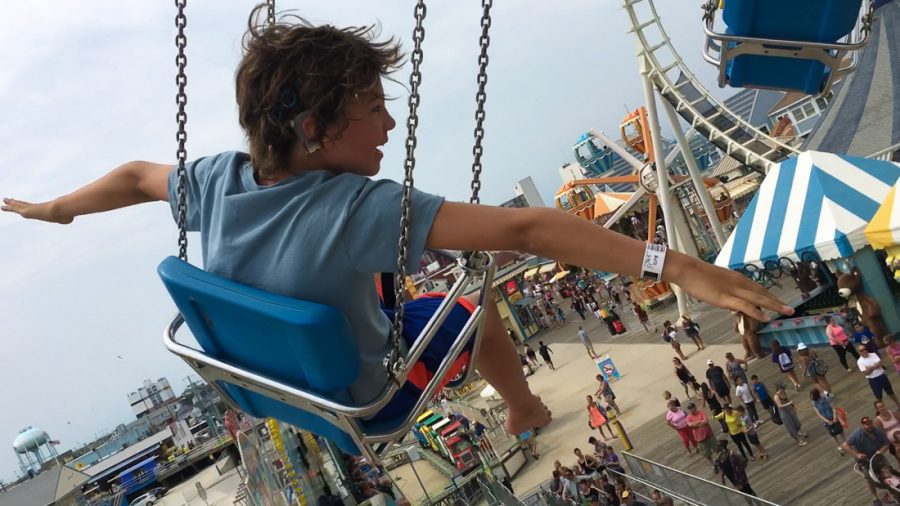Documentarian Irene Taylor Brodsky made headlines with her 2007 documentary “Hear and Now,” which chronicles her deaf parents’ decision to get cochlear implants so they could hear. Twelve years later, she has released “Moonlight Sonata: Deafness in Three Movements,” a sequel of sorts. This time, Brodsky focuses on her son Jonas’ experience with deafness. Born hearing, Jonas went deaf as a boy but later acquired cochlear implants. Unlike his grandparents, who received the implants at a much older age, Jonas’ world is not shaped by silence to the same extent.
As he deals with the world of sound, Jonas falls in love with Beethoven’s Piano Sonata No.14, also known as the “Moonlight Sonata,” and is insistent on mastering it for an upcoming recital. Although his teacher believes the piece might be a stretch for Jonas, they eventually agree to try. These lessons serve as the core of the narrative.
Since Beethoven wrote the piece while going deaf, Brodsky also explores the composer’s experience with deafness through delicate blue and pink animations that bring the young composer to life. However, this element of the documentary feels superficial; the film starts with an animation of Beethoven, but then barely delves into his story. The historical aspect feels like it was only tacked on to lengthen the run time. Brodsky could have done more to elevate the metaphor of how Beethoven’s own deafness led to him finding his own voice in silence.
Despite the film being set out as an exploration of three different experiences of living with deafness — the third being the inclusion, again, of Brodsky’s parents — the three different experiences are not all interconnected and instead serve to highlight the different aspects of Jonas’ life with sound and silence.
As the film progresses, we see Jonas take a leap into silence as he starts spending more and more time with his implants off, following his grandfather’s example and learning the “superpower of silence.” Through the use of archival footage of her parents’ youth and intimate home videos of Jonas, Brodsky creates a profound and emotional memoir, all the while avoiding sentimentality and without being maudlin.
Despite these few successful attempts at being personal and intimate, the overall story does not seem focused enough and the viewer almost doesn’t expect a clear resolution. The final recital feels almost insignificant and unfulfilling after seeing the struggle Jonas went through learning the sonata. There is, in that sense, no real resolution for the audience. Moreover, the verite nature of the documentary doesn’t allow for an end or a finale as the family’s lives, struggles and love don’t come to a concrete conclusion after the credits.
Brodsky’s documentary illustrates the generational experience with deafness and hearing, showing the power of silence in a deeply personal way. At its core, it is a work of love that explores art and loss through the experience of its central 11-year-old protagonist. However, it does not make complete use of its extra narratives and is a holistically underwhelming experience.
Email Yaroslava Bondar at [email protected].























































































































































